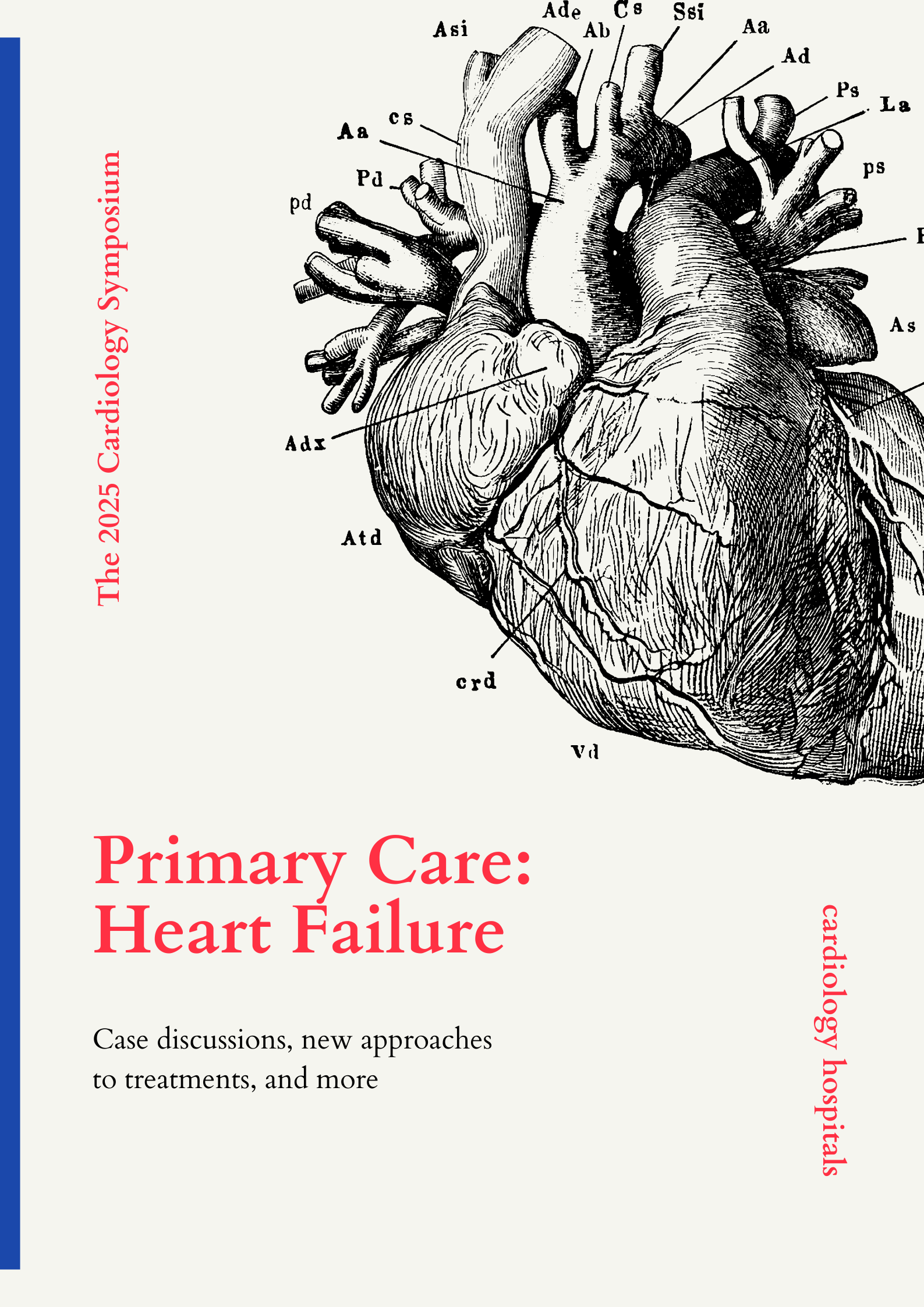Hypertension, also known as high blood pressure, is a common but serious condition that affects millions of people worldwide. Often called the “silent killer,” it typically shows no obvious symptoms until damage has already occurred in the body. Understanding what hypertension is, its causes, warning signs, and how to manage it is essential for protecting your heart and overall health.
What is Blood Pressure?
Blood pressure is the force of blood pushing against the walls of your arteries as your heart pumps. It’s measured in millimeters of mercury (mmHg) and recorded as two numbers: Systolic pressure (top number): The pressure when your heart beats, and Diastolic pressure (bottom number): The pressure when your heart rests between beats. A normal reading is usually around 120/80 mmHg.
What is Hypertension?
Hypertension occurs when this pressure remains consistently too high, usually above 130/80 mmHg (as per recent guidelines). Over time, high blood pressure can damage your blood vessels, heart, kidneys, brain, and other organs—even if you feel fine.
Types of Hypertension
There are two main types of hypertension: Primary (Essential) Hypertension and Secondary Hypertension. Primary hypertension is the most common type and develops gradually over years. It has no identifiable cause but is linked to lifestyle and genetics. Secondary hypertension, on the other hand, is caused by another condition such as kidney disease, hormonal disorders, certain medications (e.g., birth control, decongestants), or sleep apnea.
Causes of Hypertension
While the exact cause of hypertension isn’t always known, several risk factors can contribute. These include an unhealthy diet (high in salt, fat, or cholesterol), obesity or being overweight, lack of physical activity, excessive alcohol intake, smoking, chronic stress, family history of hypertension, and chronic conditions like diabetes or kidney disease. Additionally, age increases the risk, with older individuals being more likely to develop hypertension.
Symptoms of Hypertension
Most people with high blood pressure have no symptoms, which is why regular monitoring is crucial. However, in some cases, especially if blood pressure is very high, symptoms may include headaches, dizziness, blurred vision, nosebleeds, shortness of breath, chest pain, and fatigue or confusion.
Risks of Untreated Hypertension
If left untreated, hypertension can lead to serious complications such as heart disease, stroke, kidney failure, and vision loss. It’s essential to diagnose and manage hypertension early to avoid these outcomes. Treatment often includes lifestyle changes, medications, and monitoring your blood pressure regularly.
Treatment for Hypertension
To manage hypertension, the first step is to adopt a healthier lifestyle. This includes eating a balanced diet rich in fruits, vegetables, and whole grains, reducing sodium intake, maintaining a healthy weight, exercising regularly, reducing alcohol consumption, and avoiding smoking. Stress management through relaxation techniques, mindfulness, and adequate sleep can also help lower blood pressure.
If lifestyle changes alone aren’t enough, your doctor may prescribe medications. Common classes of drugs used to treat high blood pressure include diuretics (which help the body remove excess sodium and water), ACE inhibitors, beta-blockers, calcium channel blockers, and angiotensin II receptor blockers (ARBs). Regular blood pressure monitoring is key to ensuring that your treatment plan is working.
Conclusion
In conclusion, hypertension is a serious condition that often has no symptoms but can lead to severe health problems. Understanding its causes, recognizing potential symptoms, and seeking treatment early are critical steps in managing and preventing complications. Regular check-ups with your healthcare provider, along with maintaining a healthy lifestyle, are essential for keeping your blood pressure in check.
